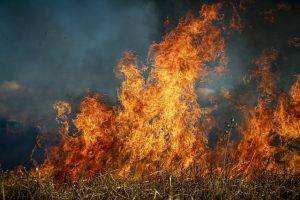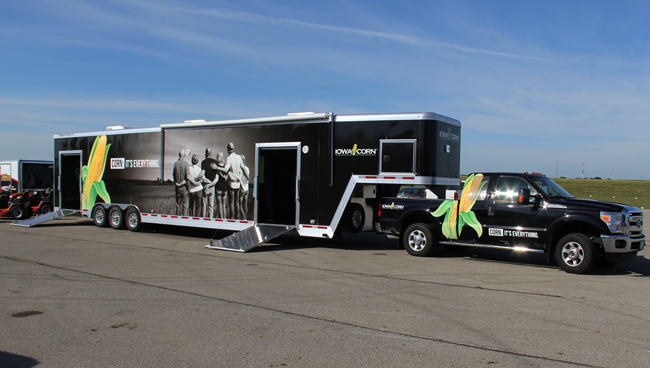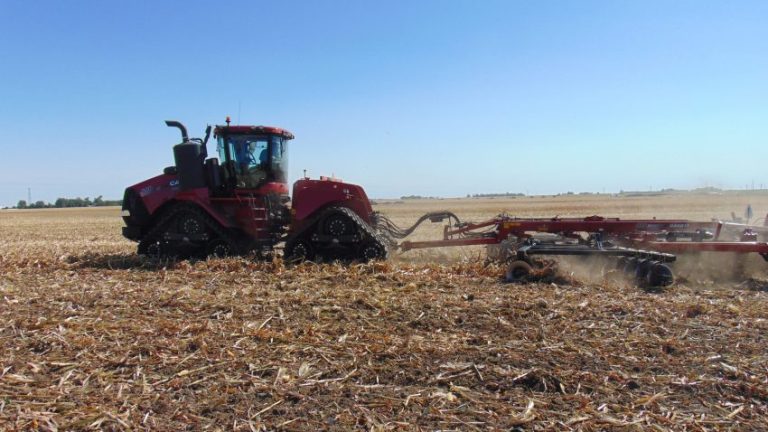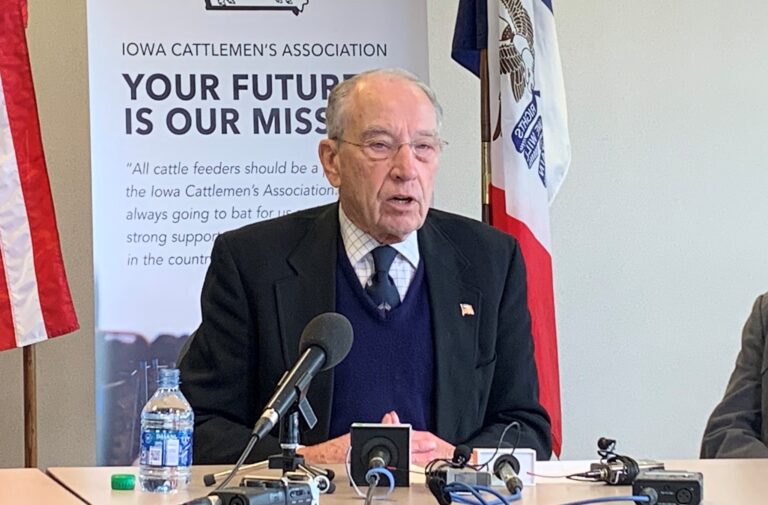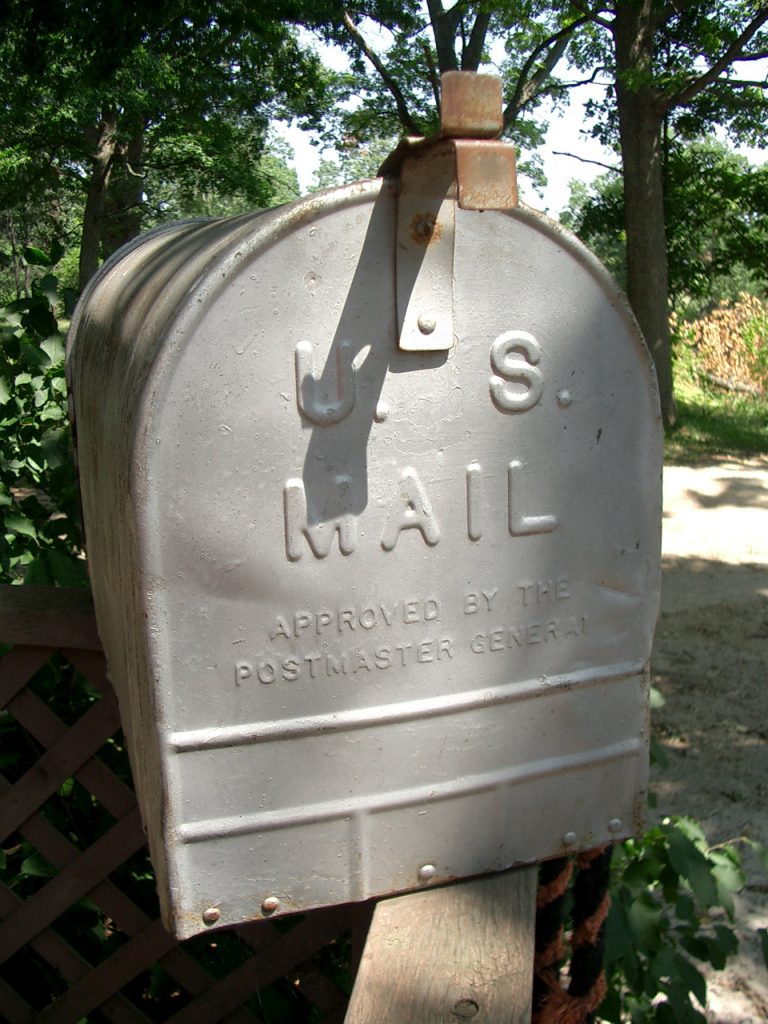IARN — Billions of dollars in rural broadband funding will soon be available through USDA’s ReConnect Program.
U.S. Secretary of Agriculture Tom Vilsack says that on November 24th, the USDA will begin accepting applications for up to $1.15 billion in loans and grants to expand the availability of broadband in rural areas. USDA is making the funding available through its ReConnect Program.
“For the first time, we’re going to have 100% grants for tribal areas and socially vulnerable communities that may not be able to have that match that is often necessary in programs like this,” said Vilsack. “We’re also going to make sure we streamline the application process.”
Vilsack talks about the importance of bringing high speed internet to rural areas.
“This is incredibly important for rural communities whether it’s telemedicine, distance learning, a small business market development opportunity, or farmers who need this for precision agriculture or just to know what the markets are on a particular day,” said Vilsack. “If you don’t have adequate access, you are really in a situation where you are behind.”
To be eligible for ReConnect Program funding, an applicant must serve an area without broadband service at speeds of 100 megabits per second (Mbps) (download) and 20 Mbps (upload), and commit to building facilities capable of providing broadband service at speeds of 100 Mbps (download and upload) to every location in its proposed service area.
“About 300,000 households have been positively impacted by this (program) and we are going to expand with this announcement today,” said Vilsack. “At the end of the day, we really do need a national commitment of a significant size to really make a fundamental difference in rural places. This should not be a situation of what your zip code is that you have service or don’t have service.”
The Department plans to make available up to $200 million in ReConnect Program loans, up to $250 million in loan/grant combinations, up to $350 million in grants with a 25 percent matching requirement, and up to $350 million in grants with no matching requirement for projects in tribal and socially vulnerable communities.
For more information, visit usda.gov.


